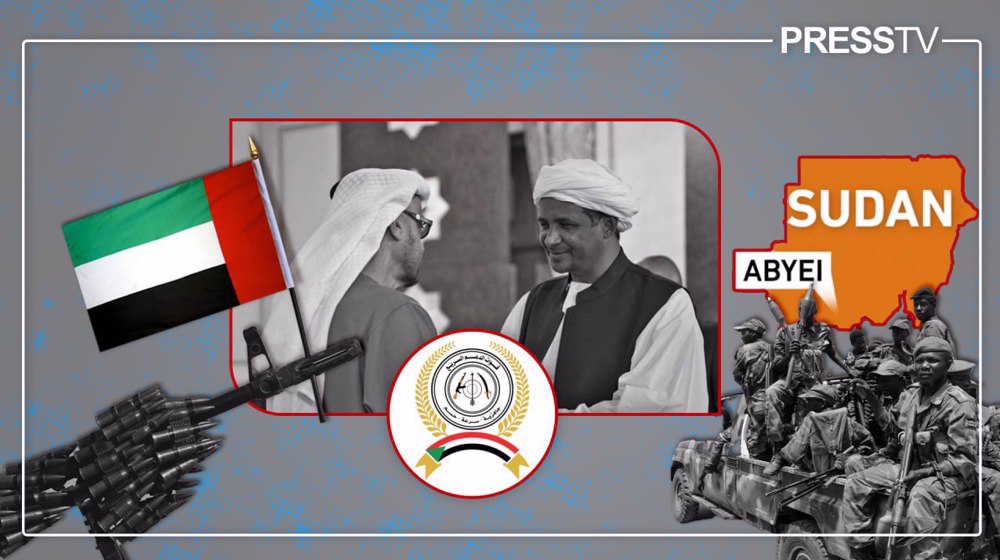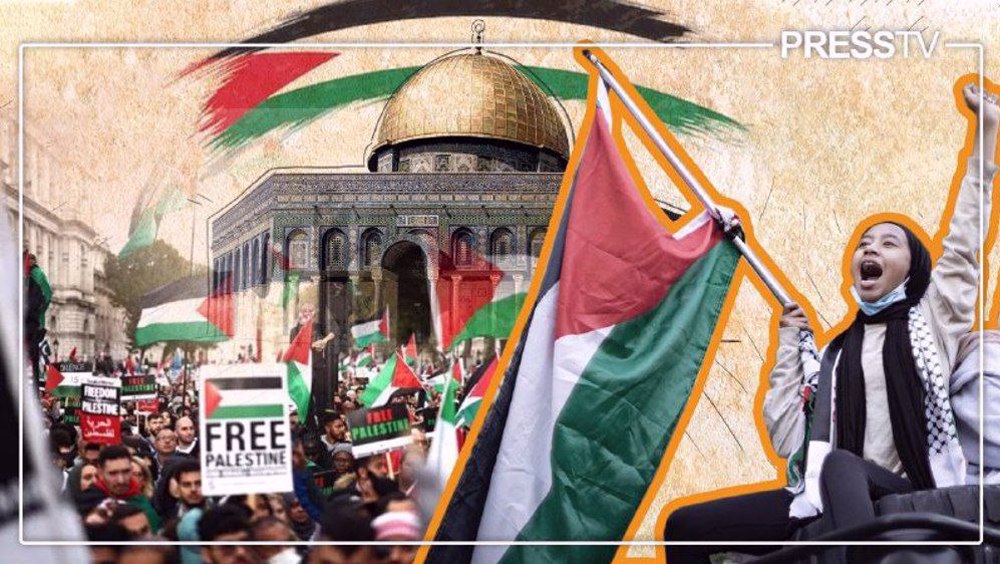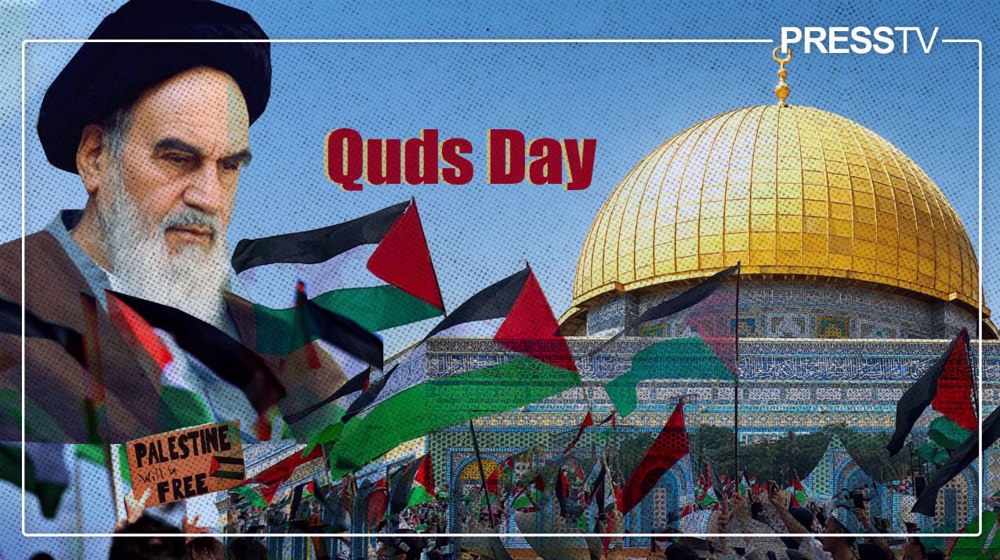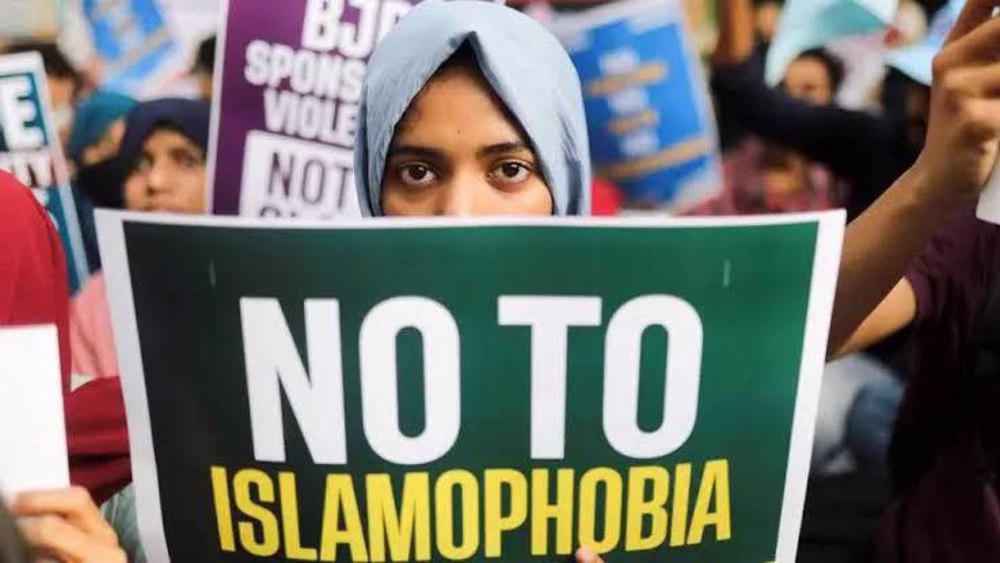How Islamophobia suppresses, marginalizes, eliminates Muslim presence
By Xavier Villar
There is a political connection that makes it possible to link the genocide of Rohingya Muslims in Myanmar, the rise of Hindu fundamentalism against minority Muslims in India and the colonial occupation of Palestine by the Zionist regime.
In all of these scenarios, there is a population that publicly identifies with Islam, and due to this condition, they face constant aggression aimed at eradicating any presence of Muslimness from the public sphere.
This constant aggression against the presence of Muslimness is what is known as Islamophobia, which is defined as a type of racism that targets expressions of Muslimness or any public expressions perceived as such.
The importance of focusing on Muslimness also allows us to analyze acts of aggression against non-Muslims based on their supposed Muslimness. In this regard, it is important to remember that the first person murdered in the United States after September 11th was a Sikh taxi driver who was mistaken for a Muslim.
The idea that Islamophobia is a type of racism is not universally accepted. The main criticism against this definition is that Muslims do not constitute a race, and therefore, it does not make sense to speak of racism.
There is a more elaborate critique of the use of the term Islamophobia, questioning the need for a new concept to refer to something that can be encompassed within the broader category of racism. On the other hand, there are voices that criticize the validity of the Islamophobia category, citing a supposed freedom of expression.
In other words, Islamophobia would be one of those categories produced by political correctness.
Those who advocate for the use of the Islamophobia category argue for the necessity of this term to describe specific situations that would otherwise go unnoticed.
They also argue that Islamophobia is not simply hatred or fear of Islam or Muslims. Instead, it is seen as a political response to the political presence of Muslim identity as well.
It could be said that the aim of Islamophobia is to prevent Muslims from projecting themselves politically in the future, hindering their ability to build a future as Muslims.
The ways in which Islamophobia can be encountered are diverse. There is no single essence of Islamophobia that can describe all the phenomena included within that category.
Instead, we can say that we are facing a series of common characteristics that can be articulated in various ways and in different contexts. These different ways in which Islamophobia can manifest itself are conditioned by historical, cultural, and socioeconomic contexts.
We can analyze different contexts in which Islamophobia materializes. These contexts are not unique, and therefore, they should not be seen as permanent and static models.
They are currently, and given the diverse political articulations of Islam in the public sphere, the contexts that, in some way, best explain how Islamophobia works in real life.
There are manifestations of Islamophobia in attacks against people perceived as Muslims. These attacks can be carried out by individuals acting alone, in semi-organized groups, or in organized groups. The attacks range from insults, removing the veil from women, physical assaults, to murder.
Secondly, we can identify Islamophobia in attacks against properties considered to be Muslim: cemeteries, mosques, and private businesses. Such attacks can range from vandalism and desecration to arson and destruction of property.
Thirdly, acts of Islamophobia are represented by acts of intimidation. This can include verbal harassment, threats, stalking, and other forms of psychological intimidation targeted at individuals or communities based on their perceived Muslim identity.
Fourthly, we have manifestations of Islamophobia that involve discriminatory treatment against individuals identified as Muslims. This can include various forms of prejudice, bias, and unequal treatment in areas such as employment, education, housing, public services, and other social contexts.
It may involve exclusion, stereotyping, or the denial of rights and opportunities based on one's perceived Muslim identity.
In these examples, the role of the state is more or less passive. However, there are other articulations of Islamophobia in which the state has an active role against individuals considered to be Muslims.
These can include surveillance and monitoring, imprisonment, accusations of terrorism and extremism, and the implementation of discriminatory policies and laws specifically targeting Muslims.
These actions can perpetuate a climate of fear and marginalization for individuals and communities based on their Muslim identity.
Having analyzed the possible manifestations of Islamophobia, it is necessary to revisit the relationship between Islamophobia and racism.
As several authors dedicated to the study of both Islamophobia and racism have pointed out, the concept of racism became solidified in the 1930s during the Nazi regime in Germany. The association of Nazism with racial discrimination and genocide contributed to the widespread understanding of racism.
However, it is important to recognize that Islamophobia does not fit neatly into the traditional understanding of racism, as it encompasses discrimination based on religious identity rather than race. While there may be intersections and overlaps between Islamophobia and racism, they are distinct forms of prejudice that require careful examination.
By positioning Nazism as the ultimate representative of racism and presenting it as something separate from the history of Europe and the West, the link between racism and colonialism is severed.
In other words, Nazism is constructed as an aberration, an exception in European liberal history, which diminishes the relevance of European imperial adventures in analyzing racism.
Also, it is during this period that the issue of race became biologized thanks to Nazism. This is significant for this analysis. Since Muslims are not a "race" in biological terms, their condition is understood to be not a natural condition but rather a chosen one.
The idea that racism has a biological basis is nothing more than a myth. Races were not discovered like new planet; they were created. The concept of different races has never had a biological foundation but has always been a matter of social and political processes.
The construction of different racial categories, as David Goldberg points out, serves the purpose of regulating and controlling populations by the state.
If we revisit the earlier examples, such as Narendra Modi's radical Hinduism in vogue in India, the ongoing genocide of the Rohingya Muslim population, or the colonial barbarism in Palestine, what we see in all these cases is the construction of Muslims as a political, non-biological race.
The identification of Muslims as such is essential for their control.
Islamophobia is indeed a form of racial governmentality, extending beyond mere prejudice or ignorance. It encompasses a range of interventions and classifications that directly impact the existence of Muslim populations in the world.
In other words, Islamophobic articulations are not solely cultural or emotional; they are fundamentally political. Their primary objective is the eradication of Muslim identity. Islamophobia operates through policies and practices aimed at suppressing, marginalizing, and eliminating the Muslim presence, often driven by discriminatory ideologies and power structures.
In India, Myanmar, and Palestine, there is indeed racism directed against Muslims and their public expression. This racism has local manifestations. For example, in India, the notion that Muslims are foreigners is prevalent, while in Palestine, Zionists employ the language of terrorism to target Muslims and their political claims.
However, all these manifestations share certain characteristics and belong to the same family, so to speak. They are part of a broader pattern that involves discrimination, marginalization, and the denial of rights based on religious identity, specifically targeting Muslims.
While the specific dynamics and contexts may vary, the underlying thread of Islamophobia runs through these situations, perpetuating unjust treatment and restrictions on Muslims.
If, as we stated, the objective of Islamophobia in all its manifestations is to eradicate or eliminate the entire Muslim identity, we can say that the Islamic Republic of Iran, with its openly Islamic political stance, prevents such potential elimination.
Xavier Villar is a Ph.D. in Islamic Studies and researcher who divides his time between Spain and Iran.
(The views expressed in this article do not necessarily reflect those of Press TV)

The forgotten war: Sudan, crimes against humanity, and UAE’s deep complicity

Intl. Quds Day: None of us are free until Palestine is free – river to the sea

Intl. Quds Day is a global movement to end Israeli genocide and free Palestine
At least three killed in new Israeli aggression on Beirut despite truce
In letter to UN, Iran blasts Trump's 'reckless, belligerent remarks'
VIDEO | Press TV's news headlines
Israeli Finance Minister Smotrich quits Netanyahu regime
VIDEO | Leader meets with ambassadors, officials on Eid al-Fitr
VIDEO | Three weeks of US airstrikes fail to stop Yemen’s operations in support of Gaza
Israeli forces kill dozens of civilians in Gaza
Yemeni forces announce downing of US MQ-9 drone







 This makes it easy to access the Press TV website
This makes it easy to access the Press TV website